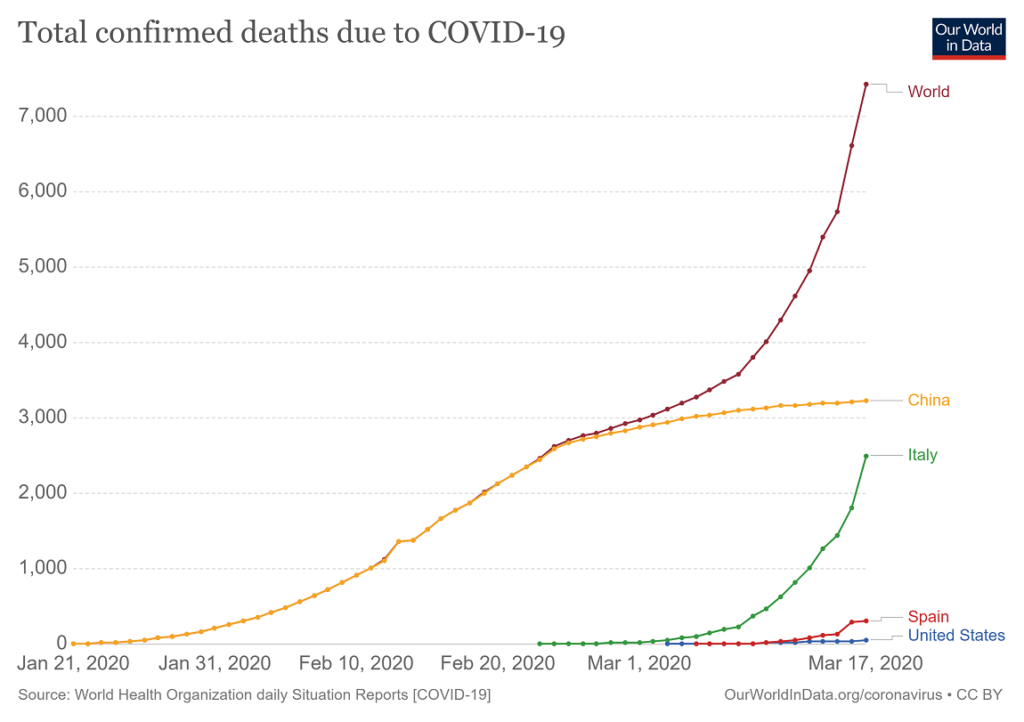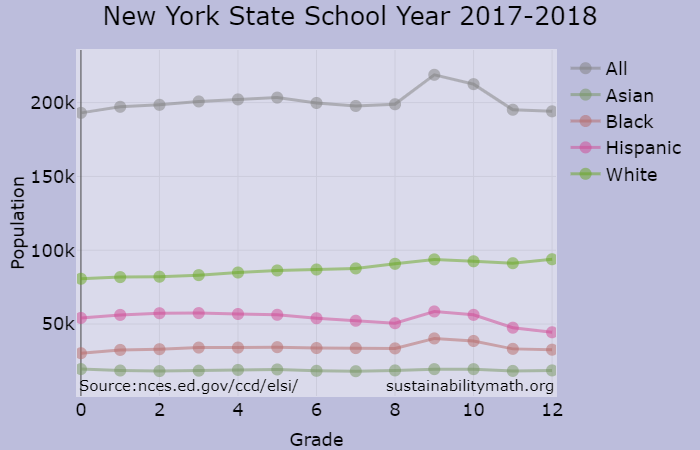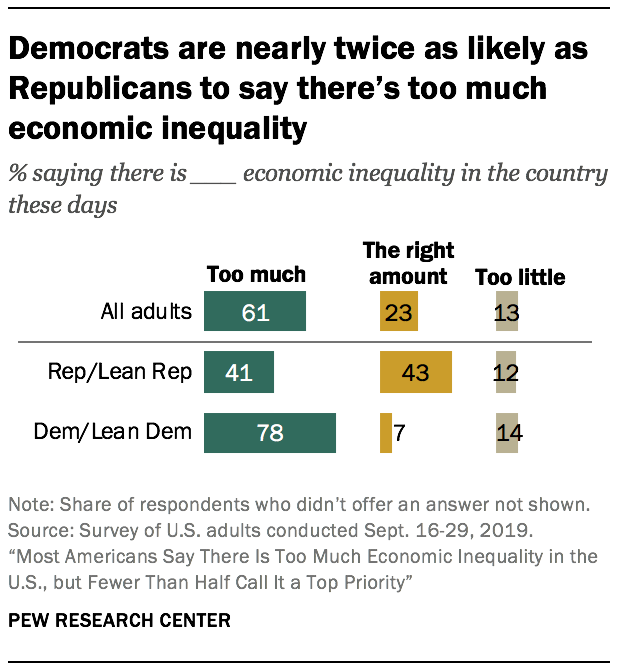 From NOAA’s Global Climate Report – February 2020:
From NOAA’s Global Climate Report – February 2020:
Averaged as a whole, February 2020 was near-record warm with a global land and ocean surface temperature departure from average of 1.17°C (2.11°F) above the 20th century average. Only February 2016 was warmer.
The February 2020 temperature departure from average was also the third highest monthly temperature departure from average for any month in the 1,682-month record. Only March 2016 (+1.31°C / +2.36°F) and February 2016 (+1.26°C / +2.27°F) had a higher temperature departure.
This means that the February 2020 global land and ocean surface temperature departure from average was the highest monthly temperature departure without an El Niño present in the tropical Pacific Ocean, surpassing the previous record set only last month (January 2020).
The data is available for the graph copied here. Click on Temperature Anomalies Time Series for February.

 The Washington Center for Equitable Growth article
The Washington Center for Equitable Growth article 





